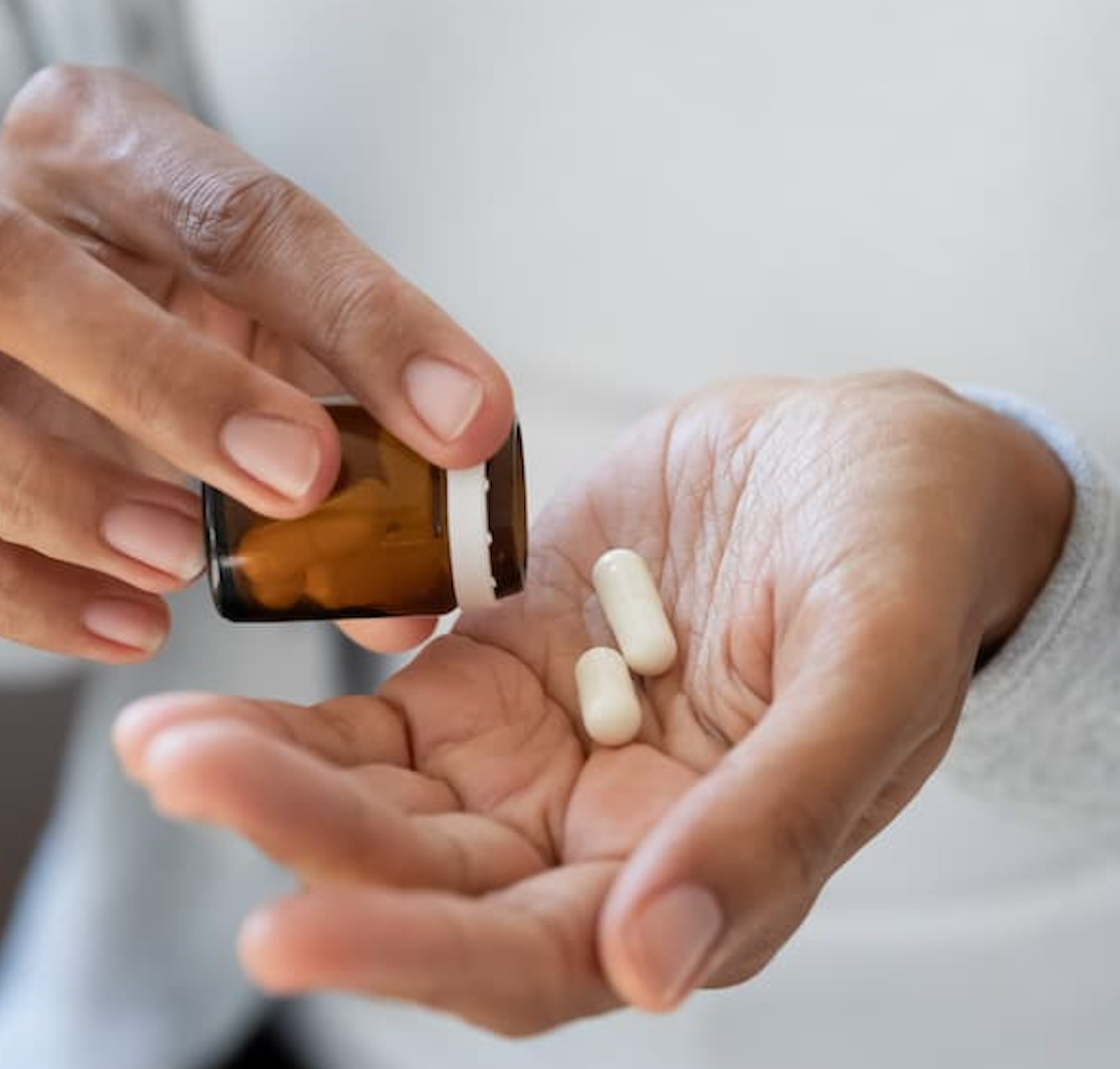News
Article
No Differences in Safety, Immunogenicity Observed in Patients Switching to Biosimilar
Author(s):
Credit: Adobe Stock/fizkes

Results of a recent systematic review demonstrated no difference in the immunogenicity rates and safety profiles in patients who switched to a biosimilar and those who continued to receive the reference product, according to a study published in PLoS One.1
Prior to the passage of the Biologics Price Competition and Innovation Act (BPCI), which implemented a shorted pathway for the approval of biosimilars, price competition for biologics was inadequate in the US. The growing availability of biosimilars in recent years have played a pivotal role in increasing access to medications and reducing drug costs. Although many of the currently approved biosimilars are not yet available in the United States (US), research has shown savings on medication costs correlate with the prescription of biosimilars.2
“Despite the adoption of biosimilars in many therapeutic areas, concerns persist regarding switching a patient to a biosimilar whose condition is stable while on the reference biologic,” wrote lead investigator Thomas M. Herndon, MD, associated with the Office of Therapeutic Biologics and Biosimilars, Office of New Drugs, Center for Drug Evaluation and Research, US Food and Drug Administration (FDA), and colleagues. “Among healthcare stakeholders, these concerns are more prevalent among prescribers and, as a result, their patients.”
Therefore, studies assessing the safety and efficacy of switching between the reference drug and a biosimilar are critical. Using publicly available information from the FDA, investigators identified randomized double-blind controlled trials and extension studies with a switch treatment period (STP) either to or from the reference drug and a biosimilar. Data from peer reviewed publications were used to add to the information not reported on in FDA reviews. A meta-analysis was performed to determine the risk difference across studies.
A total of 44 STPs, comprised of 31 unique studies, 21 different biosimilars, and 5252 patients, were included in the analysis. All included studies had ≥1 STP using a reference biologic and corresponding biosimilar candidate subsequently licensed in the US. A total of 28 STPs used a single-switch design, while 16 STPs had multiple switches.
A meta-analysis across STPs revealed a homogenous risk difference for death, serious adverse events, and treatment discontinuation (95% confidence interval [CI] of -.00 [-.00, .00], .00 [-.01, .01], and -.00 [-.01, .00], respectively). The overall risk difference was -.00 and 95% CI (-.01, .00). The risk of these events were comparable among those who switched between the reference product and a biosimilar and those who did not.
Immune-related adverse events, including injection site reactions, hypersensitivity reactions, and anaphylaxis were comparable among patients who switched and those who did not. Clinical events linked to immunogenicity were both rare and not associated with switching between drugs.
Investigators noted the small number of patients in the safety evaluations limited the findings. Additionally, only 75% (n = 44) of STPs were balanced, although most were due to more patients being included in the no-switch cohort. There was significant heterogeneity in patient demographics and the characteristics of the STPs, which was accounted for using an additional exploratory Logistic regression.
“This work addresses one of the medical community’s concerns regarding the safety of switching between reference products and corresponding biosimilar products,” investigators concluded. “Data driven materials such as those contained in this report will facilitate efforts to streamline biosimilar development and achieve the full promise of biosimilars.”
References
- Herndon TM, Ausin C, Brahme NN, et al. Safety outcomes when switching between biosimilars and reference biologics: A systematic review and meta-analysis. PLoS One. 2023;18(10):e0292231. Published 2023 Oct 3. doi:10.1371/journal.pone.0292231
- Panzer AD, Margaretos NM, Bridger N, Osani MC, Lai RC, Chambers JD. Patients’ Access to 2018 FDA-Approved Drugs 1 Year Post Approval. American Journal of Managed Care. 2022;28(4):E153–E6. pmid:35420754





